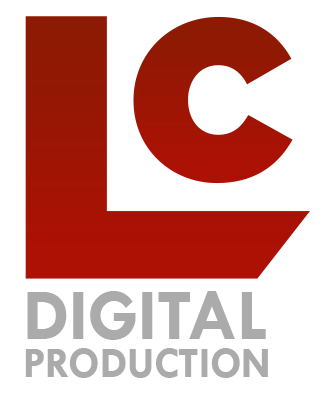Challenges of Committing to Renewables for Natural Gas & Coal: How Video Production Can Make a Difference
10/20/20232 min read
In an era where environmental consciousness and sustainability are at the forefront of global discussions, natural gas and coal companies are increasingly feeling the pressure to demonstrate their commitment to renewable energy sources. The transition from fossil fuels to cleaner alternatives is no small feat, and communicating this transition effectively to the public presents a set of unique challenges. However, with the power of video production, these companies can bridge the gap and gain public trust in their renewable energy endeavors.
Credibility and Trust:
One of the primary concerns the public has is whether the commitment to renewables is sincere or just a facade. To address this issue, video production can play a vital role. Companies can create informative and transparent videos that provide insights into their renewable energy projects, facilities, and initiatives. By including interviews with company executives, employees, and industry experts, they can effectively convey their genuine commitment to sustainability.
Environmental Impact:
Natural gas and coal have long been associated with environmental concerns, including greenhouse gas emissions and pollution. Video production can help by producing educational content that highlights the environmental benefits of renewable energy sources such as solar, wind, and hydro. Visuals, animations, and data can illustrate the positive environmental impact of transitioning to renewables.
Community Engagement:
Fossil fuel companies often operate in communities where environmental concerns take center stage. To address this, video production can showcase community engagement initiatives. Companies can create videos that highlight their efforts, such as renewable energy education, job creation in clean energy sectors, and support for local sustainability projects. This can emphasize the positive impact on local communities.
Innovation and Technology:
To demonstrate active investment in and development of renewable technologies, video content can be instrumental. Companies can produce videos that showcase their research and development efforts in renewable energy. Through the use of visuals and interviews, they can explain the technology and innovations behind their renewable projects.
Regulatory Compliance:
Ensuring compliance with renewable energy standards and regulations is a significant challenge. Video production can simplify this by creating videos that explain how the company aligns with government regulations and international standards in renewable energy production. Visuals and interviews can be used to detail the compliance process.
Long-Term Vision:
To convey a clear and ambitious vision for the transition to renewables, companies can use video production to develop a video series or documentary. This content can outline the company's long-term roadmap for adopting renewable energy and show milestones, targets, and the role of renewables in their future.
Public Awareness:
Ultimately, the public needs to be made aware of a company's efforts to transition to renewables. Video production is a powerful tool for disseminating information. Companies can use social media, websites, and video-sharing platforms to share informative videos. Engaging with the audience through live streams, Q&A sessions, and interactive content can significantly increase awareness.
Incorporating storytelling, testimonials, and engaging visuals can make video production an effective medium for conveying a coal or natural gas company's commitment to renewable energy. By addressing these common issues through video content, companies can better connect with the public and build trust while educating stakeholders about their transition to cleaner energy sources. In this way, they can not only communicate their commitment but also inspire positive change in the energy industry.

Contact
info@lcdigitalproduction.com


